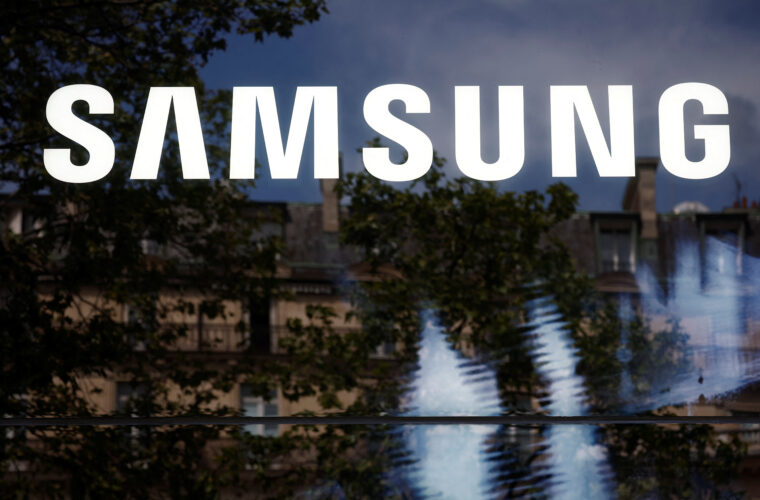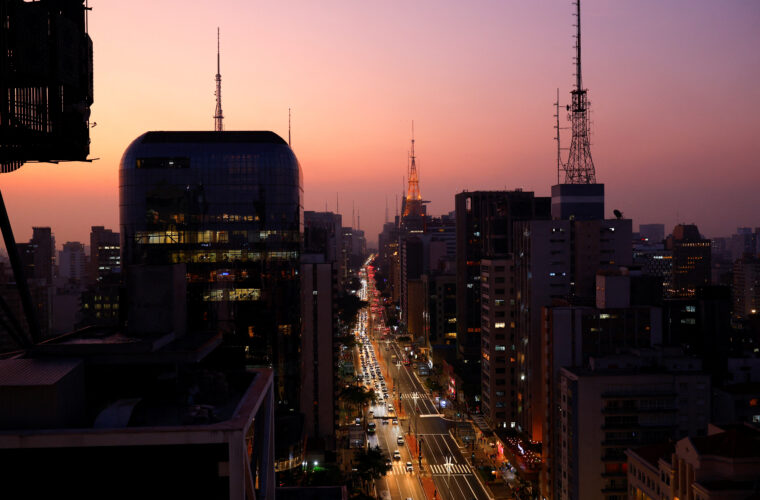In the international chessboard, a handover occurs between China and India as the preferred country for the tech giants to produce their respective devices. It is a process that will take many years to come to fruition, but it has been underway for some time and several reasons. With Narendra Modi‘s coming to power, India has embarked on a long path of reforms and openness towards the West to improve the economic conditions of its people; on the other hand, China is faced with the desire of some of the major big tech companies to flee for geopolitical reasons.
Why big tech is Fleeing China
The prolonged duel between Beijing and Washington does not help business, not to mention American political interference in TikTok, which could trigger a Chinese reaction towards American companies active in Asia. Add to this the zero covid strategy and the repeated lockdowns wanted by the Chinese government, which during the pandemic repeatedly stopped production and led to production delays, with companies like Apple losing a lot of revenue. On a global level, however, if a giant likes Apple changes direction, other small and large companies may tend to follow in its footsteps. This is why Tim Cook has decided to gradually move the production of smartphones, tablets, headsets and other devices out of China.
If China cries, the other side of the coin laughs because India is on the rise in many respects. In addition to the tax breaks offered by the government to big tech, which is crucial when it comes to economies of scale of leading global companies, the country is steadily growing, as witnessed by the 8.7% GDP growth in 2022 and forecasts of a 6% increase for the coming years. Determining these results are a number of factors, such as the 1.5 million new engineers coming out of the country’s most prestigious universities (it is no coincidence that so many CEOs of large companies are Indians, from Sundar Pichai at Google to Satya Nadella at Microsoft and Arvind Krishna at IBM) and cities such as Bangalore, now known worldwide as the Silicon Valley of Asia, having been transformed into a digital hub.
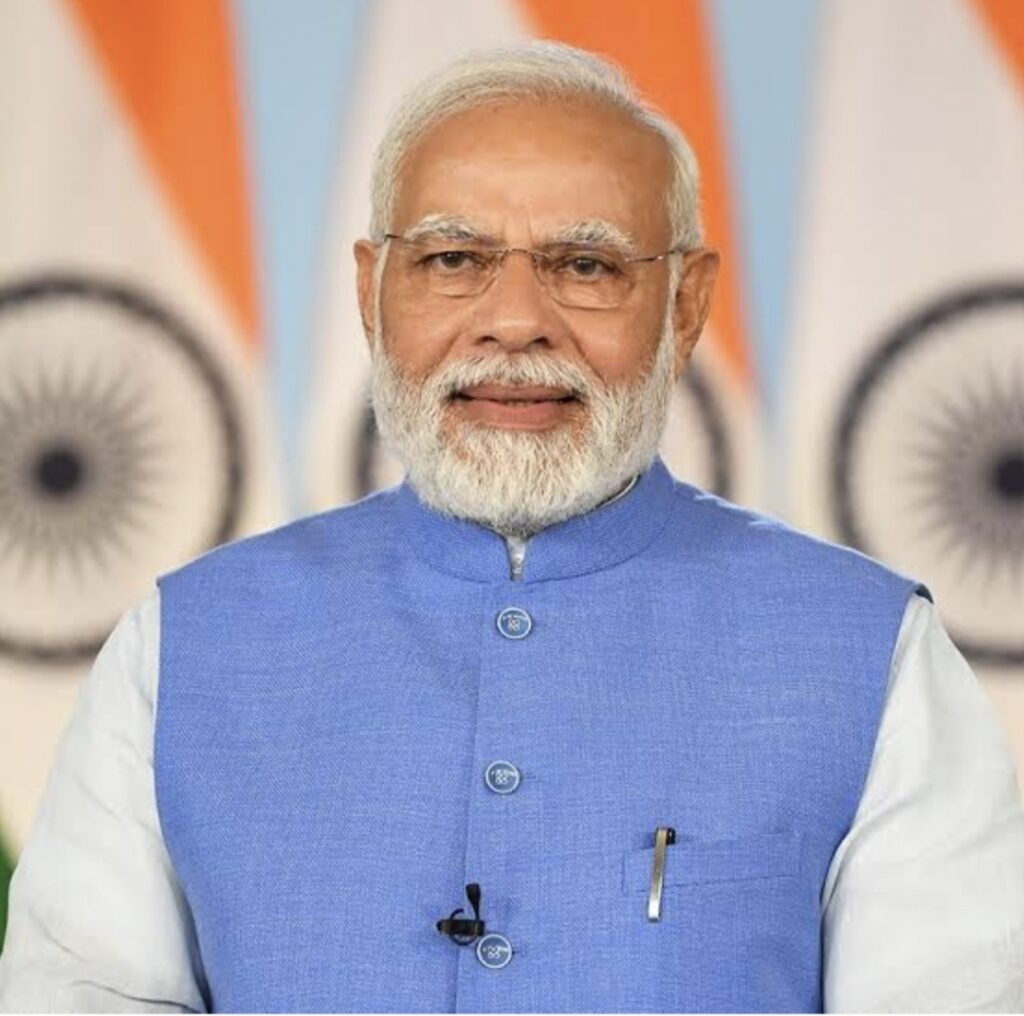
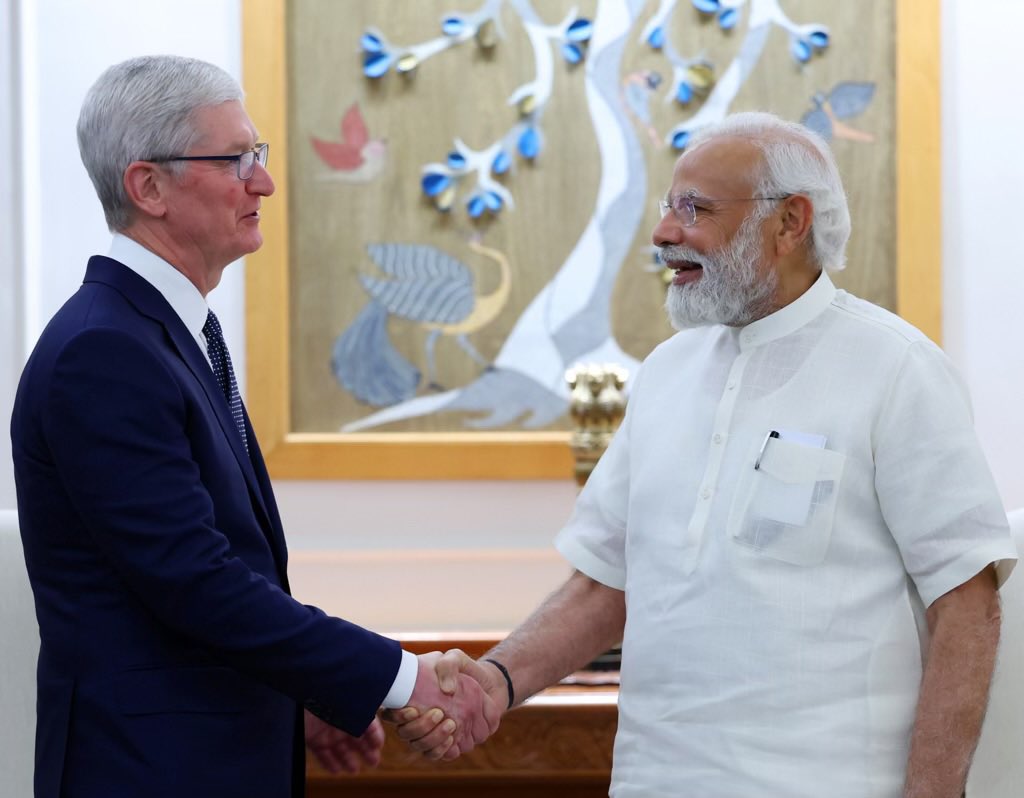
Microsoft, Amazon and Tesla have significant investments in China
The general growth of India, the second largest global digital and mobile market after China, attracts all companies. For now, there is imminent demographic overtaking, with Indians soon to rise to 1.428 billion against 1.425 billion Chinese. These details also explain the substantial investments made by various companies, such as Microsoft, which since 2015 has started a multi-year plan to expand its data centres in India. The three already active in Mumbai, Pune and Chennai will be joined by a fourth centre in Hyderabad by 2025. On the same ground is Amazon, which after completing a $3.7 billion project, has announced a second $12,7 billion expansion plan to build a new cloud infrastructure that will create more than 130,000 jobs overall.
Also among those who want to move towards India is Tesla, hunting for fertile ground to build another factory to produce its batteries and electric cars. After last year’s approach ended without results, Elon Musk’s company sent a proposal of interest to the Indian government and found the necessary openness to begin negotiations. “They are seriously looking at India as a base for manufacturing and innovation; we want to collaborate on an investment that will satisfy both,” said Rajeev Chandrasekhar, Union Minister of State for Entrepreneurship, Skill Development, Electronics & Technology.
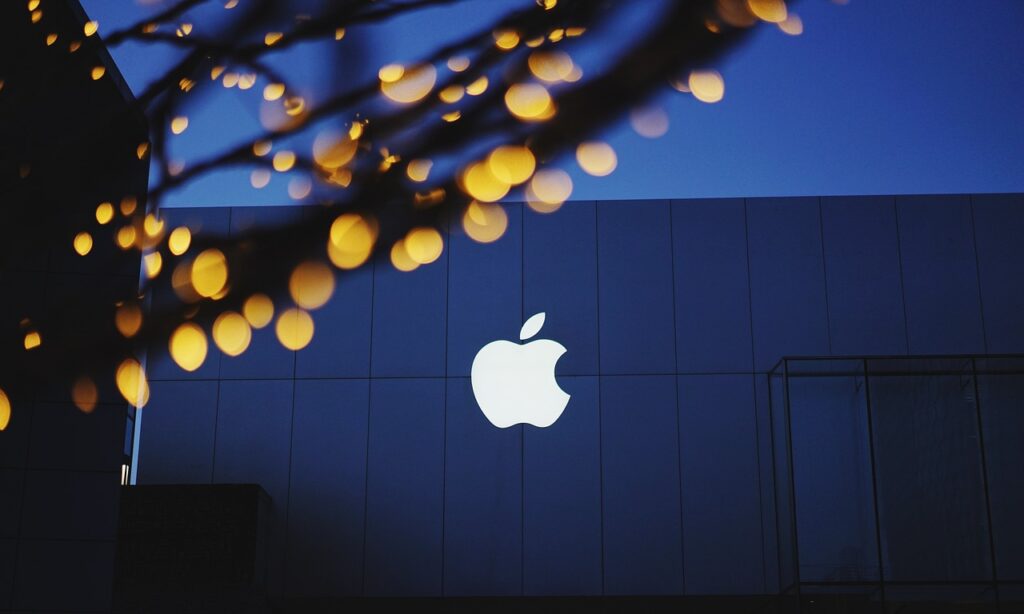

Apple is boosting production in India
As mentioned, however, the one most interested in targeting India is Apple, which in recent weeks has opened its first two stores in the country, with Cook present at the inauguration in Mumbai and New Delhi. This move is as important as expected because, until now, Indians have only been able to buy Cupertino products through third-party sellers. With 780 million users, a figure set to hit 1 billion as smartphone adoption accelerates within the next seven years, India will be the new China for Apple’s business. It needs a surge from its current market share of 6% (in 2020, it was 2%), according to Counterpoint, because the price of the iPhone and the company’s other devices is too high for the average Indian user, whose salary is well below the cost of a top-of-the-range smartphone.
Since the iPhone SE was produced in 2017, the number of iPhones assembled on the subcontinent has risen from 5 to almost 13 million over the past three years. This significant growth, however, amounts to only 6% of the total production, 90% of which currently comes from China. Increased sales also come from moving production to the country, a process that has been underway for some time, with an acceleration following the Chinese delays during the pandemic. The next step set by Apple, together with the Modi government, is to rise to 25% of global production within the next five years, a goal within reach by virtue of the low cost of Indian labour. Other countries involved in production to make up for the gradual but continuous shift away from China include Vietnam with AirPods and Thailand with MacBooks.


